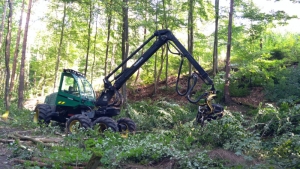Johanna Routa from TECH4EFFECT partner LUKE Finland and two of her colleagues – Yrjö Nuutinen and Antti Asikainen – recently published a study on a comparison of the productivity of mechanized tending with the Cutlink device to manual tending in spruce seedling stands in central Finland.
For this publication “Productivity in Mechanizing Early Tending in Spruce Seedling Stands” the productivity, fuel consumption and quality of seedling stands after pre-commercial thinning were measured.
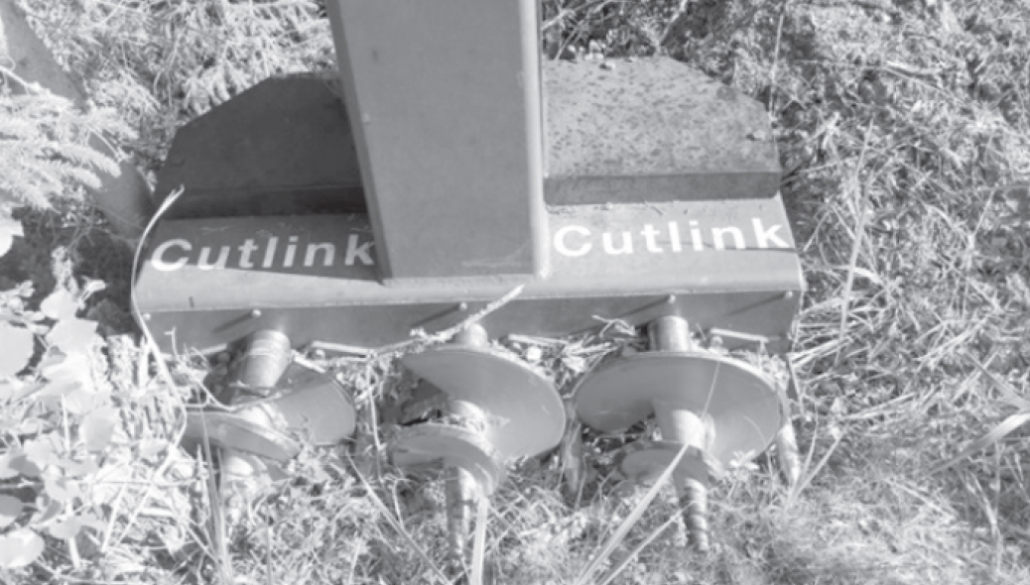
You can find the full article on the website of the Croatian Journal of Forest Engineering (CROJFE) or as PDF on our website!
Routa J., Nuutinen Y. and A. Asikainen
Productivity in Mechanizing Early Tending in Spruce Seedling Stands
Croatian Journal of Forest Engineering (CROJFE), 2019
Volume 40, issue 1, pages 1-10
https://doi.org/10.5552/crojfe.2020.619

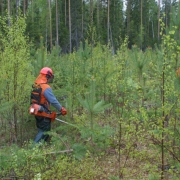

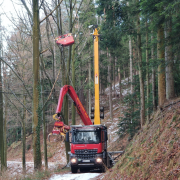
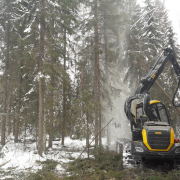
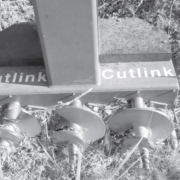

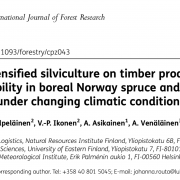
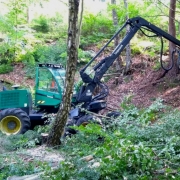 SGGW
SGGW